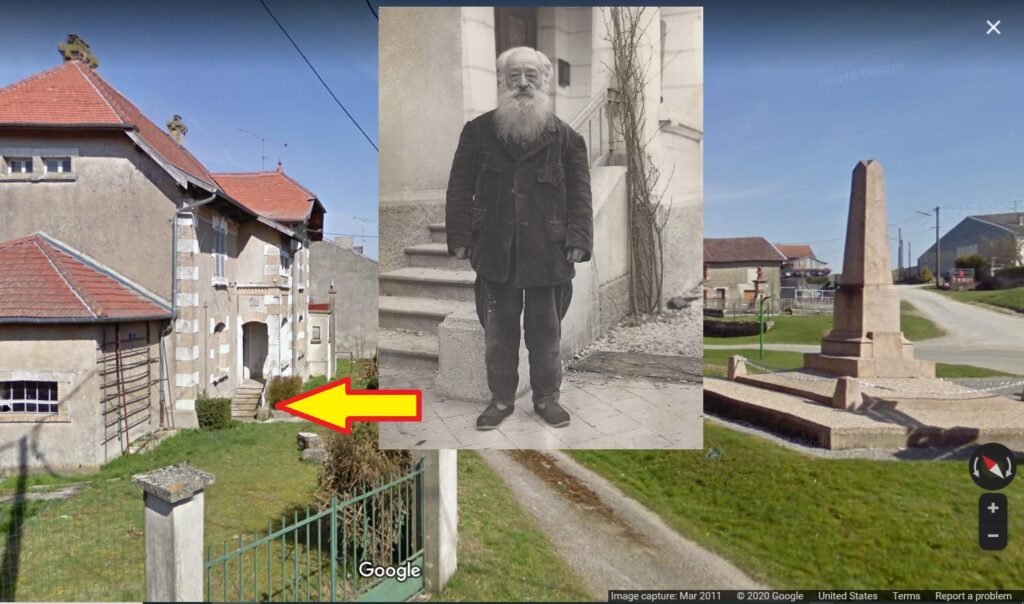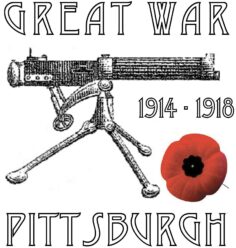This educational website was created from a desire to learn more about World War I history by actively seeking out information about the “Great War” through the lens of people who lived in Western PA, or the Pittsburgh Region. It’s been shown that understanding and retaining knowledge of a complex subject can come easier when it is associated with something that is already familiar. Anyone who has studied the Great War can attest to the complexities of this period in history.
While doing research for my book Good War, Great Men, I had to remain disciplined on my key subject at hand, a machine gun battalion, in order to prevent myself from getting lost down a “rabbit hole” of information and potentially never finishing the book. Along that journey, I discovered many fascinating stories that I now want to go back and rediscover and research. I was intrigued by the number of times Pittsburgh, or people from Western Pennsylvania, surfaced in my past research. I enjoy living in this region of the country, and the people of Western Pennsylvania can certainly be proud of the momentous part that it played in the Great War. I’ve found great satisfaction in learning from others who have a similar passion for history and hope that I can give back by sharing my own discoveries.
I’ll mention just a couple of other catalysts that got me started with Great War Pittsburgh. First, if Rich Condon can have Civil War Pittsburgh, then why not Great War Pittsburgh? I appreciate what I have learned from Rich’s focus on the Civil War from a Pittsburgh perspective, and the use of social media to allow others to share their family history tied to the region. As an amateur historian, I hope that I can do half as good a job as Rich in my presentation.

Second, the push came to me after I purchased a photograph on eBay of an older gentleman named André Albert Dubret, the Mayor of Nantillois, France. This commune in France was where my grandfather’s machine gun battalion fought its most difficult days during World War I. After the war, the people of Pennsylvania built a memorial in the center of this village honoring the veterans of the 80th Division.
A 1927 newspaper article mentioned Mr. Dubret welcoming any visiting veterans, and also mentioned his wish to find a “Godmother” to his village. It so happened that a woman passing through Nantillois volunteered for the role. This woman, Katherine May Edwards, was from Pittsburgh and her back story immediately raised my curiosity. She will be explored later in more detail, but it has been my continual interest in discovering the stories of people from my local region that motivated me to pursue this website. I hope that others with a similar passion for the Great War will allow us to collaborate and learn from each other.
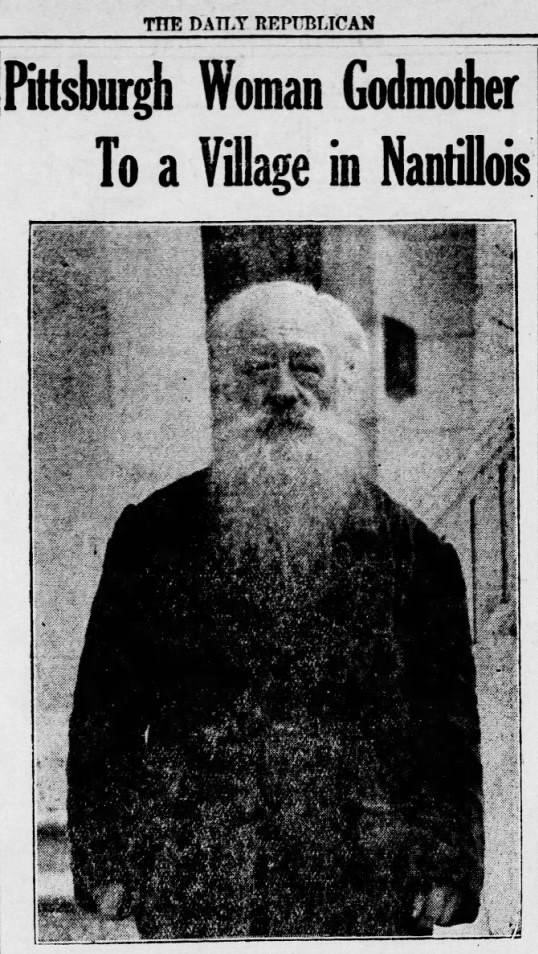
The Daily Republican, Monongahela, PA, p.3, April 7, 1927 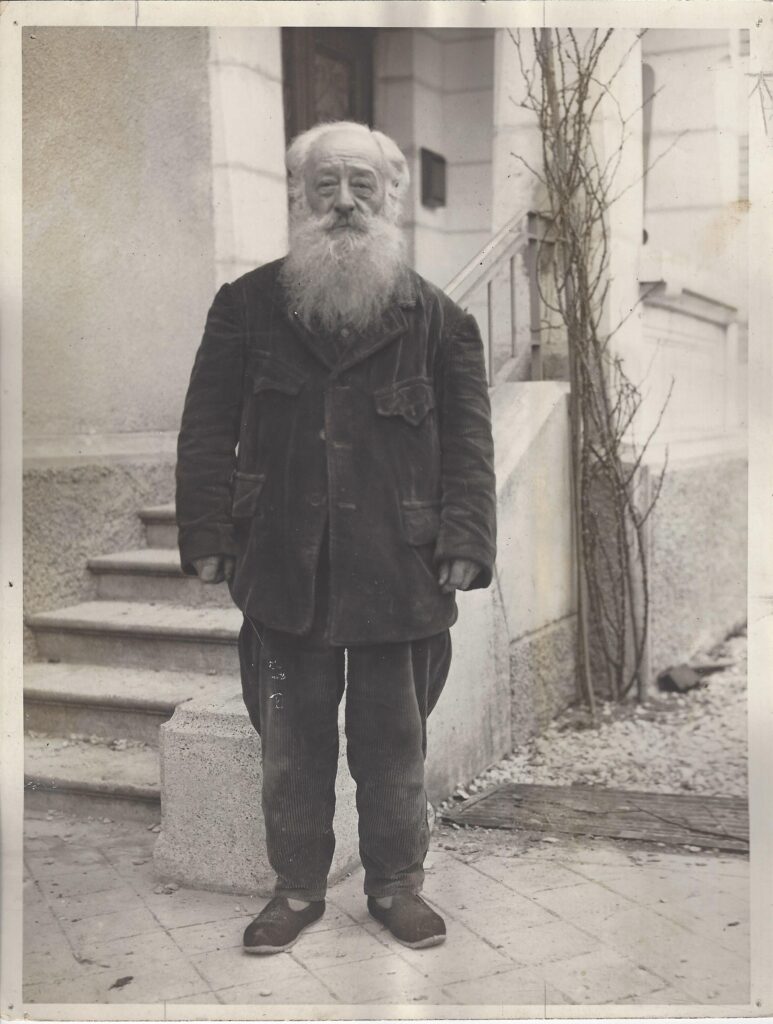
André Albert Dubret outside of his home in Nantillois, France.
Pittsburgh Woman Godmother to a Village in Nantillois The Daily Republican, Monongahela, Pennsylvania, Page 3, April 7, 1927
Nantillois, France, April 6 – Because of the ingenuity and persistence of Andre Albert Dubret (he of the grand barb) this village now has like many other villages in the Argonne, an American godmother. She is Katherine May Edwards, 4801 Forbes Street, Pittsburgh, Pa. And this is how come. Nantillois didn’t have a godmother. It was entitled to one because it was freed by American soldiers in the Argonne drive after days of fierce fighting. Monsieur Dubret was the mayor. He tired of hearing that Cierges and Landres- St. Georges and other towns had acquired this unique distinction, while Nantillois lagged. So, across the main street of the village, near the bridge over the creek, he erected a simple barrier – a long pole on two wooden standards. Every time an automobile came along it, quite naturally, stopped. And the aged mayor, peering in, asked if there might be a prospective godmother in the crowd.
Days went by and countless machines paused at the barrier. But all were barren of godmothers. Until along toward noon of a hot August day in 1926. Miss Edwards and her parents honked along on their way to Romagne. The party stopped. The mayor repeated his inquiry. Miss Edwards agreed. And now she is the godmother of Nantillois, a justly-famous little Bourg in the Argonne.
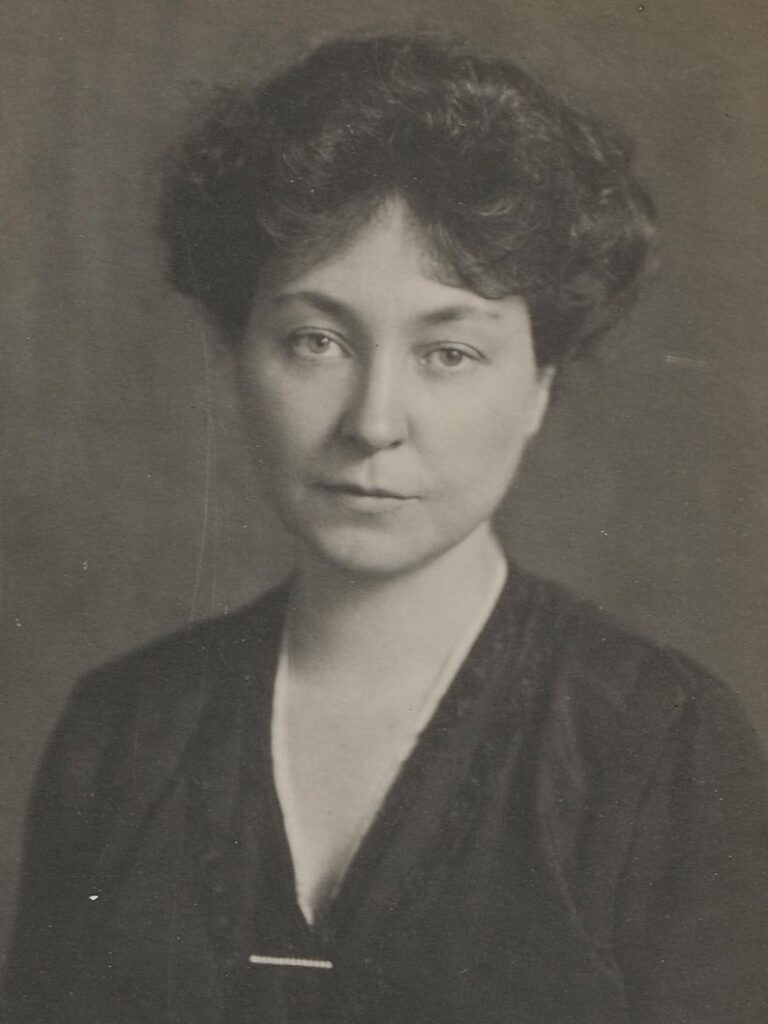
M. Dubret laughs when he tells this story. He likes to tell it. The only other story he likes to tell better is the one concerning his entertainment of General Price2, of Pittsburgh. This American officer helped to dedicate the monument in Nantillois erected to the Pennsylvania troops who lost their lives in action in that sector. The General, so the mayor says, drank champagne with him – in his home and they had a very good time.
When the war broke out in 1914, M. Dubret was mayor of Nantillois. He was mayor there for 25 years, in fact. So the mayor, whiskers and all, went down to Verdun to enlist. He was 70 years old then. Now he is 82, growing on 83. The commandant at Verdun refused his services. So he streaked it out for Paris and was accepted. All through the war until the Armistice was signed he worked in a commissary depot there. Then he came back to Nantillois and obtained a godmother for the village.
M. Dubret (he of the grand barb) is on the direct line from Verdun to Romagne that The American Legion members will take on one of their pilgrimages this summer. And he declares he’ll be out to shake hands with every veteran especially – those who liberated his village while he was working as a private soldier in Paris in 1918.
1Carnegie Museum of Art, Carnegie Institute; Rembrandt c. 1916–1919, Accession number: 1997.42.3.40 © Public Domain
2Major General William Gray Price, Jr. (1869-1960) served in the U.S. Reserve Corps, entered the National Guard of Pennsylvania in 1886, and served in Belgium and France with the 53rd Artillery Brigade during WW1. He was selected as President of the Pennsylvania Monuments Commission.
The image below gives the location of where Mr. Dubret was standing in 1927. The memorial to honor those from Nantillois who were killed during the war is located in front of the home, and the Pennsylvania Memorial is located across the street. The home is still owned by members of the Dubret family. The YouTube video below pans the ruins of this home and village in 1919 and provides a then-and-now comparison 100 years later.
